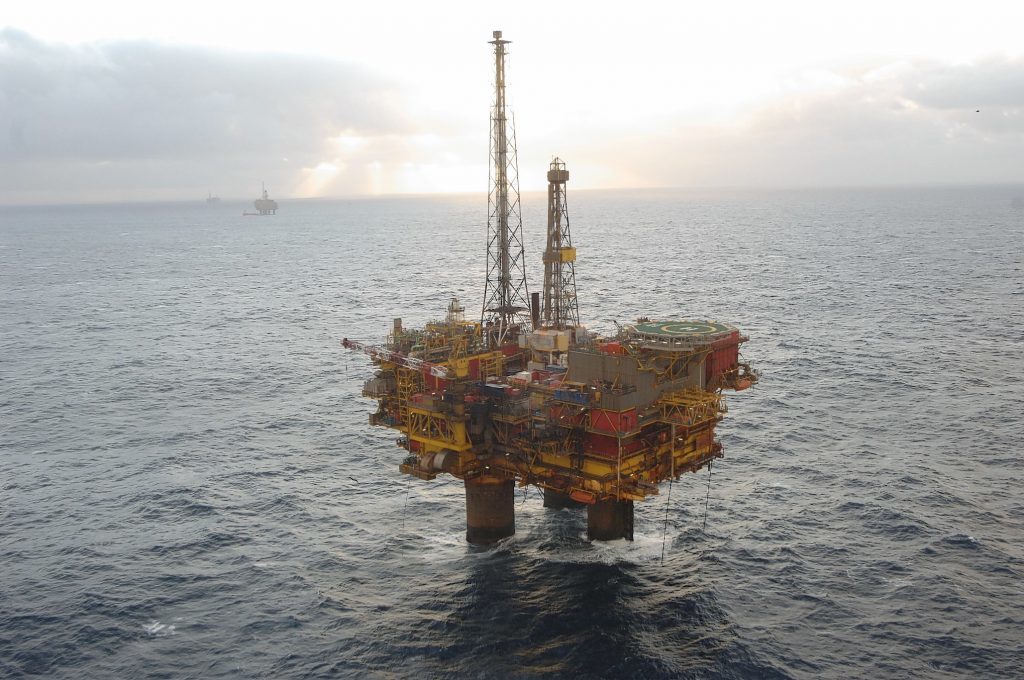
U.K. industrial production rose more than economists forecast in November, led by a surge in oil and gas as a major North Sea field resumed operations.
The 2.1 percent increase, the biggest in seven months, continues the volatile performance of industry in recent months. While the economy has defied expectations of a downturn since the Brexit vote in June, that’s been largely due to services and consumer spending. Industry was a drag on growth in the third quarter, and the Office for National Statistics said Wednesday that sectors other than services have been “erratic and far more subdued.”
The jump in production was more than double the 1 percent predicted by economists in a Bloomberg survey and was largely because the Buzzard oil field restarted after maintenance work. The statistics office also said that manufacturing rose more than expected, by 1.3 percent, though construction shrank and the goods-trade deficit widened.
“Overall, construction and production output has been broadly flat over the last few months,” said ONS statistician Kate Davies.
November’s upturn followed a 1.1 percent drop in production in October, which means a gain of 0.3 percent is needed in December to avoid a second quarterly decline. Construction will have to surge 1.5 percent to prevent a contraction in the period. Paul Hollingsworth, an economist at Capital Economics in London, expects both sectors to drag on economic growth in the fourth quarter, though by less than in the previous three months.
Surveys from IHS Markit suggest the economy is holding up after an expansion of 0.6 percent in the quarter through September. Its factory index rose in December to the highest since June 2014, with exporters getting a boost from the pound’s 18 percent decline since the Brexit referendum.
Skewed Growth
“Taking the data over the fourth quarter so far suggests the chances that the sector will drag significantly on growth have diminished and the economy may maintain growth momentum into year end,” said Dan Hanson, an economist at Bloomberg Intelligence in London. BI expects the industrial sector to offer “only modest support” to growth over 2017.”
The National Institute of Economic and Social Research estimated Wednesday that GDP rose 0.5 percent at the end of 2016. It also said the consumer has compensated for weakness in other sectors.
The ONS also said Wednesday that the goods-trade deficit widened in November to 12.2 billion pounds ($15 billion) in November from 9.9 billion pounds in October. The widening was largely due to a surge in imports of transport equipment such as ships and aircraft, which rose 1.4 billion pounds. Total imports surged 8.4 percent, far outpacing a 2.8 percent increase in exports.
Recommended for you
